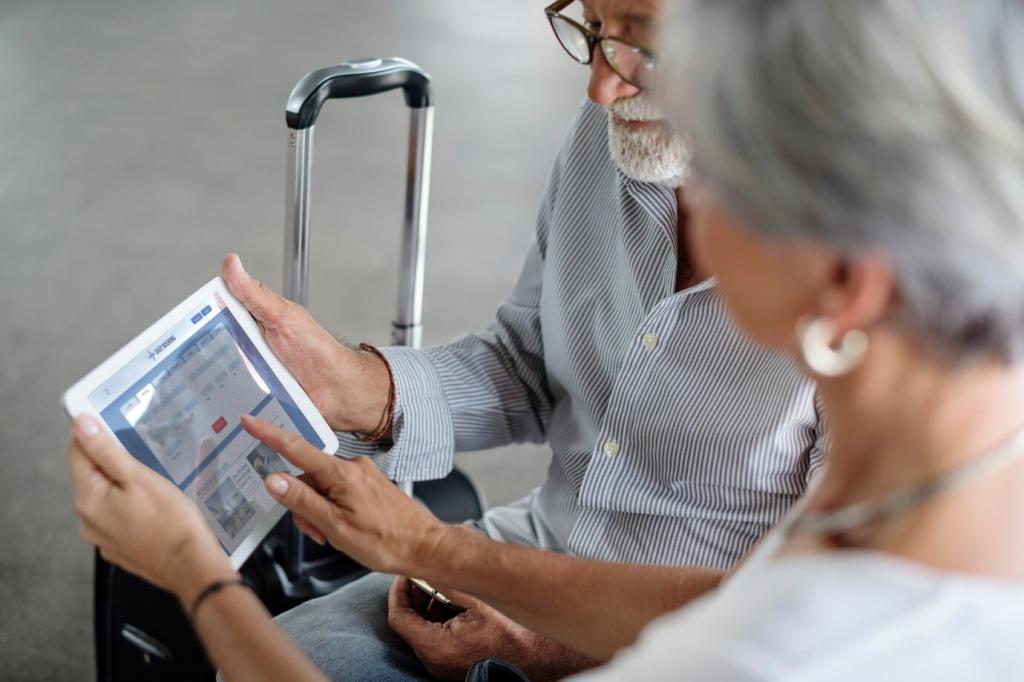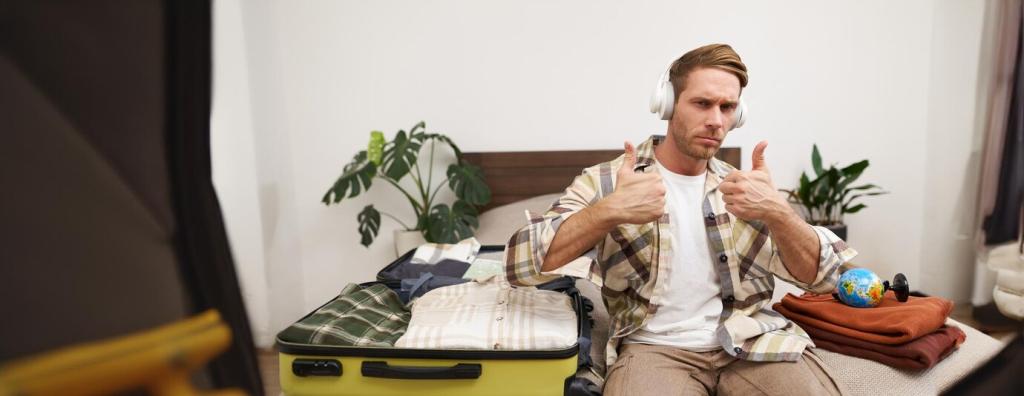
Adapting International Itineraries for Kids
Chosen theme: Adapting International Itineraries for Kids. Welcome to a thoughtful guide that balances wonder and practicality, turning global journeys into joyful, flexible adventures your children will remember—and you will actually enjoy. Subscribe and share your family’s favorite tricks!
Mapping Jet Lag to Child Routines
The 48-Hour Cushion
Plan the first two days with gentle wake times, outdoor time, and early dinners. We learned in Lisbon that skipping late-night fado helped our seven-year-old reset faster without meltdowns, leaving everyone happier and ready for discovery.
Sunlight and Micro-Naps
Strategically use morning sunlight for resets and brief stroller catnaps after lunch. Avoid long mid-day sleeps that erase bedtime. A sunny park bench in Sydney worked better for us than any blackout curtain or desert of screen time.
Parent Pace vs. Child Pace
Adults can power through jet lag; kids generally cannot. Build in slow breakfasts, playground pauses, and quiet reading after flights. Tell us how you balance your energy with your child’s rhythm without sacrificing your itinerary’s must-see moments.
Designing Flexible, Kid-Centered Day Plans
Anchor Activities and Buffer Blocks
Choose one signature experience before lunch, when energy peaks, then add two optional side quests. A ferry ride in Stockholm became our anchor; the optional ice cream stop and maritime museum flexed with weather and attention span.
The Rule of One Big Thing
Plan only one major attraction daily. Kids savor depth over breadth, especially after transit. In Rome, one morning at the Colosseum plus afternoon gelato delivered more smiles than a marathon of ruins we would not remember anyway.
When Rain Rewrites Plans
Rainy days test flexibility. Keep a weatherproof list: library story times, covered markets, and maker spaces. In Tokyo, a sudden downpour led us to a pottery workshop, where our daughter shaped a tiny noodle bowl she still treasures.
Cultural Immersion Children Actually Enjoy

Museum Missions and Story Trails
Turn exhibits into quests. Give kids three objects to find and ask them to sketch one. In Paris, a mini mission at the Orsay transformed wandering into purpose, and our son still remembers “the clock that framed the city.”

Market Quests and Taste Tests
Let children pick two new foods at a local market. In Oaxaca, we tasted dragon fruit and watched tortillas press and puff. Curiosity grew into courage, and the extra snack stash saved us during an unexpected taxi detour.

Local Playgrounds as Cultural Classrooms
Playgrounds reveal real life. We learned Danish playground etiquette and new climbing games in Copenhagen. Parents shared park tips we could never find in guidebooks, and our kids practiced a few words without the pressure of perfect pronunciation.
Food, Allergies, and International Menus
Carry concise allergy cards translated into the local language, plus photos of allergens. In Barcelona, a simple card about tree nuts avoided confusion, earned smiles from the server, and kept our timeline intact without stressful debates.



Turn Every Stop into Learning
Use stamps and tickets to map journeys. Kids draw routes between cities and label seas or mountains. Our son connected ferry tickets across the Aegean, proudly explaining island chains to grandparents during a video call from a sunny balcony.


Turn Every Stop into Learning
Choose three phrases to practice daily: please, thank you, and something playful. Servers often cheer effort. In Kyoto, our daughter ordered water politely, earning a sticker and a mini origami crane that sparked a folding lesson afterward.
